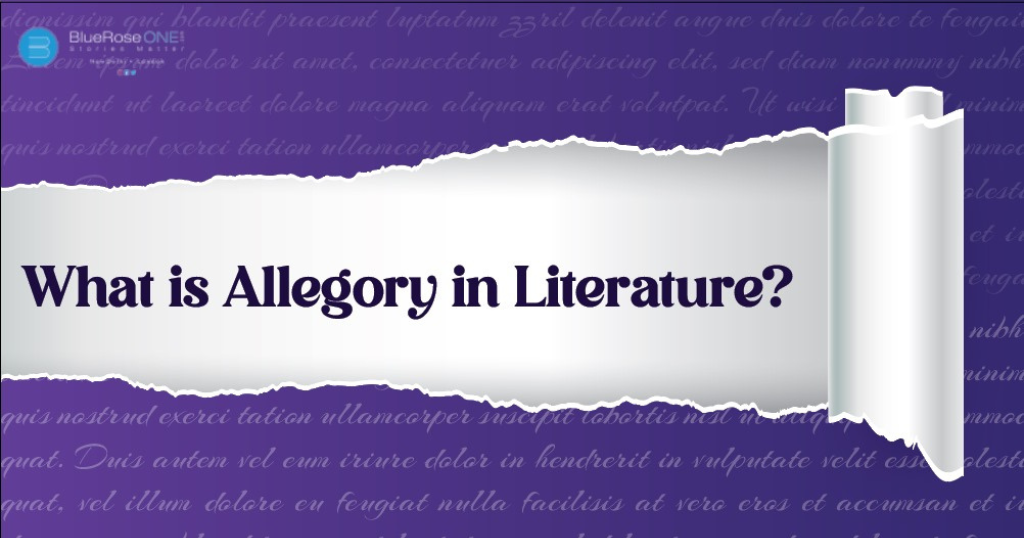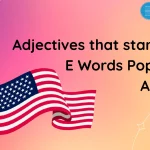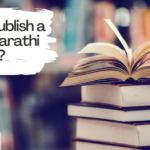Allegory arises as a captivating and multifaceted mechanism inside the dense tapestry of literature, weaving nuanced levels of meaning underneath the surface story. We go on a quest to unearth the depths of allegory in this lengthy examination, evaluating its meaning, providing a clear definition, and dissecting its application via numerous instances in literature.
Read: How to do Character Development: Bringing Your Characters to Life
Let us go into the fascinating regions of allegory, peeling back its layers to see how it elevates narrative to an art form.
Understanding Allegory:
Allegory, a literary device rooted in symbolism, operates as a sophisticated vehicle for conveying profound ideas beneath a seemingly straightforward storyline. At its essence, allegory invites readers to delve beyond the literal events and characters, encouraging them to unearth hidden meanings and connections. To fully appreciate its complexities, we must first grasp the delicate dance between the apparent and the allegorical within this narrative technique.
Defining Allegory:
At its core, allegory transcends the boundaries of mere storytelling, evolving into a method of communication where every character, event, or setting becomes a vessel for layered meanings. To navigate the labyrinthine world of allegory, a clear definition serves as our guide, unravelling the intricacies that distinguish this literary device from other narrative tools. In essence, allegory is a transformative art form, enriching stories by infusing them with metaphorical depth.
You may also like: The Rise of Shakti by Megha Dinesh: Book Review
Examples of Allegory in Literature:
- “Animal Farm” by George Orwell: George Orwell’s “Animal Farm” transcends the simplicity of a barnyard tale, becoming a profound allegory that mirrors complex political realities. Each animal within the narrative symbolises a facet of society, from the diligent but exploited proletariat to the cunning and manipulative ruling class. Orwell’s novella serves as a powerful commentary on power dynamics and the inevitable corruption that accompanies unchecked authority. The farm’s transformation into a microcosm of political upheaval unveils timeless truths about human nature and societal structures, cementing “Animal Farm” as the pinnacle of allegorical literature.
- “The Lord of the Flies” by William Golding: In William Golding’s “The Lord of the Flies,” the allegory unfolds on an uninhabited island where a group of boys grapples with the struggle between civilization and primal instincts. The boys, stripped of societal constraints, embody the darker facets of human nature. Golding’s narrative serves as a chilling exploration of the thin line between order and chaos, delving into the inherent savagery that lurks beneath the veneer of civilization. The island becomes a microcosm, reflecting the timeless tension within the human psyche, making this allegorical masterpiece a compelling examination of the human condition.
- “The Pilgrim’s Progress” by John Bunyan: John Bunyan’s enduring allegory, “The Pilgrim’s Progress,” takes readers on a profound journey towards salvation. Through rich symbolism and characters personifying spiritual concepts, Bunyan crafts a narrative that transcends temporal boundaries. The protagonist, Christian, encounters allegorical figures such as Faithful and Giant Despair, each representing spiritual challenges and virtues. Bunyan’s allegory becomes a timeless exploration of the Christian pilgrimage, resonating with readers across centuries. The vivid symbolism and allegorical landscapes within “The Pilgrim’s Progress” make it a cornerstone of allegorical literature, offering readers a roadmap to spiritual enlightenment.
- “The Chronicles of Narnia” by C.S. Lewis: C.S. Lewis seamlessly integrates allegorical elements into “The Chronicles of Narnia,” with “The Lion, the Witch, and the Wardrobe” exemplifying this brilliance. Aslan, the noble lion, becomes a powerful symbol of sacrificial redemption, echoing Christ-like themes. Lewis weaves allegorical layers into the enchanting fantasy series, exploring profound spiritual concepts through the adventures of the Pevensie siblings. The land of Narnia becomes a canvas for allegorical exploration, inviting readers to uncover deeper meanings beneath the magical surface. Through Aslan’s character and the allegorical richness embedded in Narnia, C.S. Lewis creates a timeless masterpiece that resonates with readers of all ages.
You may also like: 7 Top Rated Self Help Books of all time in 2024
Allegory in Various Forms:
As we traverse the expansive realms of literature, the concept of allegory emerges as a versatile and dynamic narrative device. Its ability to seamlessly integrate into various forms, each with its own unique nuances, illuminates the richness it brings to storytelling. In this exploration, we delve into the myriad forms of allegory, unravelling its presence in fables, parables, and extended metaphors. This journey unveils the artistry of allegory, demonstrating its transformative potential across diverse literary landscapes.
Fables:
Fables, renowned for their brevity and moral teachings, stand as a canvas where allegory paints vivid tales. These concise narratives, often featuring anthropomorphic characters, serve as vessels for profound truths and societal commentary. A classic example is Aesop’s Fable of “The Tortoise and the Hare,” where the slow and steady triumph over the swift but overconfident—a timeless allegory exploring the virtues of perseverance and humility.
Parables:
Parables, entrenched in religious and philosophical traditions, harness the allegorical power to convey moral and spiritual insights. These brief narratives, often attributed to religious figures, unfold layers of meaning that transcend the immediate storyline. In the biblical tradition, Jesus’ parable of “The Prodigal Son” functions as a powerful allegory, exploring themes of forgiveness and redemption within a familial context.
Extended Metaphors:
Within the expansive realm of allegory, extended metaphors emerge as a profound and intricate form of expression. These allegorical journeys unfold across the tapestry of an entire work, with every element contributing to the overarching metaphor. George Orwell’s “Animal Farm” serves as a stellar example, where farm animals symbolise political ideologies and societal dynamics. This extended metaphor transforms the seemingly simple farm into a complex allegorical landscape, inviting readers to decipher the layers of meaning.
Allegory’s Fluid Integration:
What distinguishes allegory is its fluidity, seamlessly integrating into various literary genres and structures. Whether woven into the fabric of a short fable or sprawling across the chapters of an epic novel, allegory adapts to the unique demands of each form. This adaptability makes it a dynamic tool for storytellers, allowing them to infuse depth into narratives irrespective of genre constraints.
Influence on Genres:
Allegory’s influence extends across a spectrum of literary genres, shaping and enriching each with its own symbolic resonance. In fantasy literature, C.S. Lewis’ “The Chronicles of Narnia” uses allegory to explore profound spiritual themes within a magical realm. In science fiction, Ursula K. Le Guin’s “The Left Hand of Darkness” employs allegory to delve into gender and societal constructs on an alien planet. This genre-spanning impact showcases the universality of allegory in elevating storytelling across diverse literary landscapes.
Challenges and Rewards for Writers:
While allegory offers a dynamic tool for storytelling, its nuanced application presents both challenges and rewards for writers. Crafting an allegory requires a delicate balance between subtlety and clarity, inviting readers to interpret while ensuring the narrative remains accessible. Writers navigating the realm of allegory must master the art of symbolism, creating a tapestry of interconnected meanings that enrich the reader’s experience.
Read: How to Overcome Writer’s Block: 10 Proven Ways to Unlock Your Creativity
Our journey through the labyrinth of allegory reveals its transformative power within literature. Defined by its ability to infuse narratives with hidden meanings, allegory transcends epochs, inviting readers to engage in a deeper exploration of storytelling. As we conclude this exploration, allegory stands as a testament to the enduring allure of literature—a timeless device that continues to captivate minds and hearts, transcending the boundaries of time and culture.
















